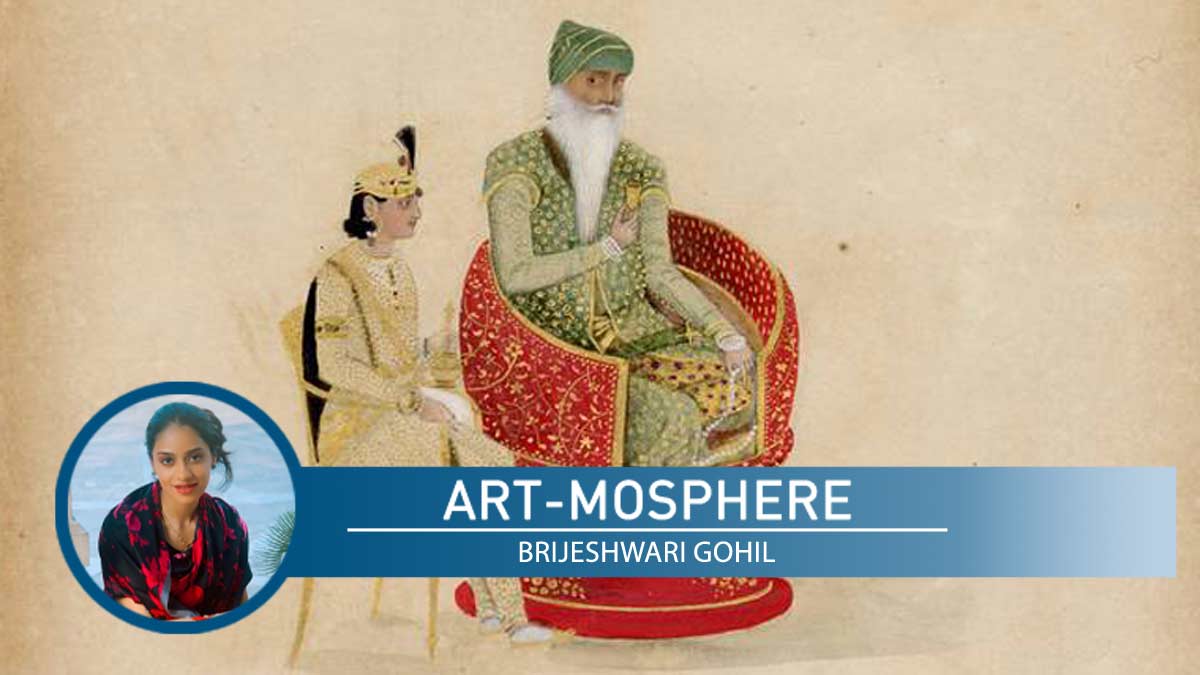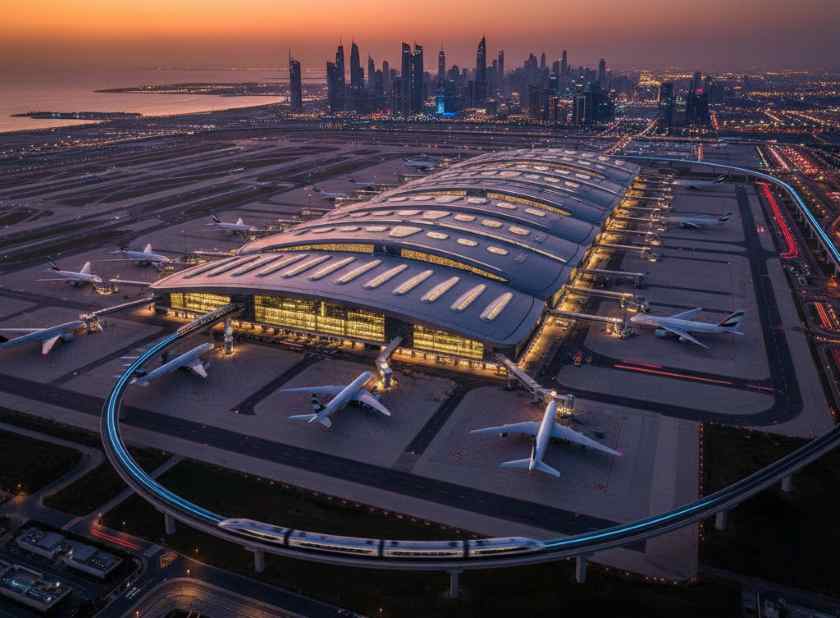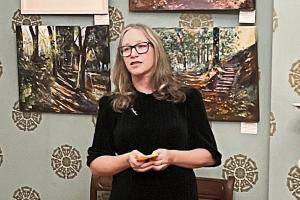The fascination with the east is apparent for millennia, from the time of the Silk Roads. The journey grew in leaps and bounds with better connectivity and a deep interconnectedness of communities. In more recent times, the Orientalists travelled the length and breadth of the east, writing and painting along their journey.
These traveller accounts became important historical narratives and the cultural exchanges are an interesting way to understand and unravel global heritage. The year 2024 has seen museums and historic institutions of the west tap into their collections as well as borrow works from other institutions to celebrate cultural crossovers and bring communities together. The east remains a topic of fascination and intrigue.

The Wallace Collection in London recently concluded a six-month long exhibition titled, ‘Ranjit Singh: Sikh, Warrior, King’. The exhibition explored the life of the Sikh leader Maharaja Ranjit Singh whose conquests and leadership led to a flourishing empire. Almost hundred works of art from 1780 till 1839, bring to life and are testimony of the great, highly influential Sikh Empire.
His ornate, decorative sword for example, gold mounted and detailed with pearls and rubies was one of the striking artefacts on display. While attributed to have been made in Lucknow, it is interesting to see the Damascus steel sword now placed at an exhibition in the United Kingdom. Objects travel near and far, shedding light on people, politics, and culture of .
























